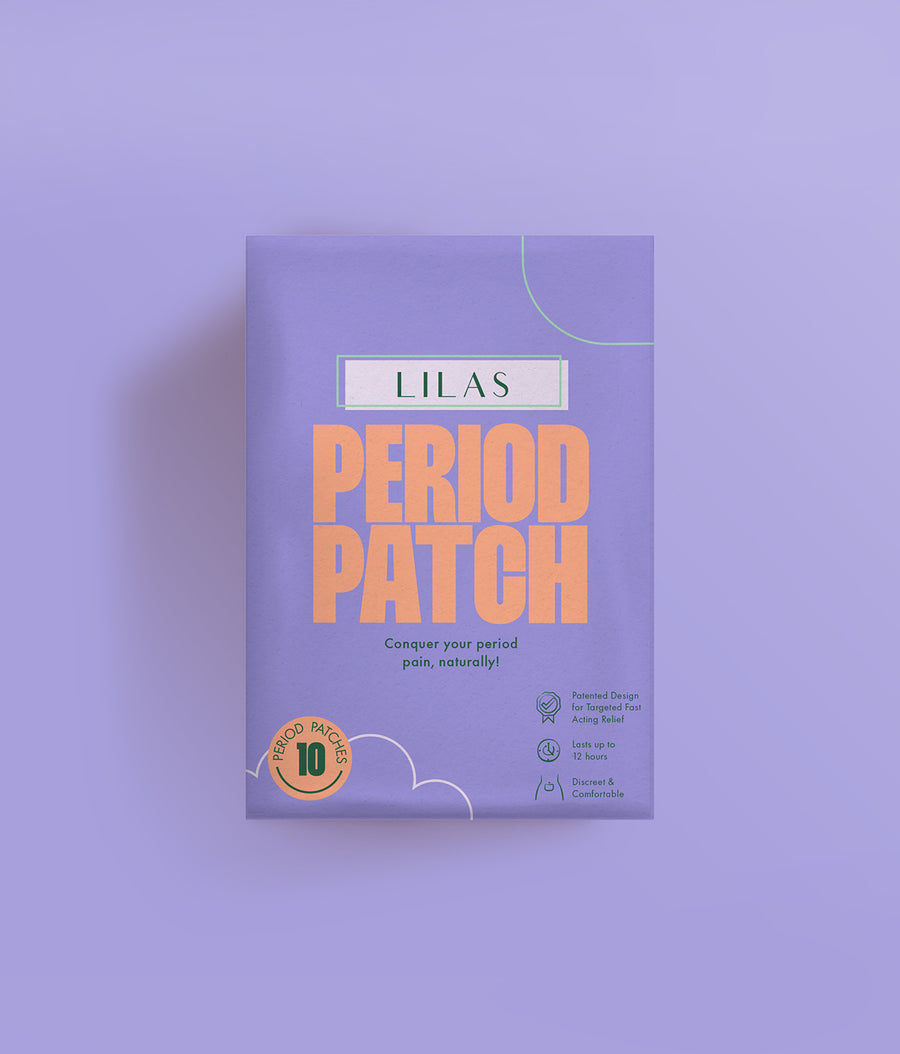The Controversial Shades of Pink
Perceptions of colors always dwell within societal context. Different colors can evoke different things at different times for different people. But in Western society in particular, there are few colors more polarizing than pink. It stirs up so much controversy because pink is often associated with very mixed messaging. On one hand, pink has been linked to ideologies, trends, and practices that continue to oppress women through weaponizing toxic notions of hyperfemininity, often for financial gain. The pink tax is a quintessential example of this. However, on the other hand, pink is used to subvert the same patriarchal systems in women empowerment movement symbols like the ribbons to galvanize breast cancer awareness and the famous pussyhats from the Women's March. So what are we supposed to think of pink? The answer becomes all the more complicated when we look at the color’s history.
When pink first became popular in the West in the mid-1700s, it didn’t have very gendered implications. After the discovery of an expensive South American dye, pink, typically in lighter shades, was primarily a sign of sociopolitical status for European aristocrats, both men and women alike. However, if there were any covert gender associations, pink was considered a more “masculine” color because it was deemed a tamer version of red, which evoked dominance, strength, blood, and war. The subsequent feminization of pink began to happen gradually. As the palette for male clothing shifted to more somber and darker colors, pink and other softer pastel colors became increasingly connected to women by default. In other words, the feminization of pink started out as a passive process. Pink wasn’t necessarily for women, but it definitely wasn’t for men. Of course, this reinforces the notion that femininity is just the derivative of masculinity, which is toxically patriarchal in and of itself.
Pink was not explicitly linked to women until the mid-1800s for, unsurprisingly, economic reasons. During the Industrial Revolution, there was a discovery and generation of cheaper pink dyes like magenta. In the following decades, companies began to use these pink dyes to produce cheap clothes en masse and direct their marketing towards women. Because these pink clothes were made so quickly and cheaply, pink was decoupled from aristocracy and paired to the working class. More specifically, the bright magenta was regularly worn by the working class prostitutes, further imbuing pink with associations of hypersexuality. Over time, pink moved from being conflated with aristocracy and gentile masculinity to the working class and hyperfemininity.
Strangely enough, though pink was heavily connected to women by the early 1900s, it wasn’t consistently linked to girls in the United States, especially from a marketing standpoint, until the 1950s. In fact, in 1927, there was a notable regional variance in implementing pink in gendered marketing. Half of the stores had blue for boys, and pink for girls, and the other half of the stores had pink for boys and blue for girls. Weird, right? It wasn’t until the advent of widely broadcasted TV commercials in the 1950s that the boy-blue and girl-pink standard we are familiar with today was consolidated. A lot of stereotypes pertaining to masculinity and femininity were crystallized in American culture in the 1950s through media marketing. The pink color assignment just compounded that trend in limiting the depth and nuance in understanding femininity.
And yet, in the 1960s and beyond, pink has been reclaimed by women to symbolize feminism and empowerment for all. In the punk rock age of the 1980s especially, pink was seen as a prominent and androgenous color of revolution. Today, pink continues to play an integral role in popular culture, sparking complex conversations around iconic content like Legally Blonde and Mean Girls. Most importantly, pink is used to help champion necessary activism. In essence, pink has symbolized conformity and rebellion throughout history, swirling with intrinsic contradictions. By extension, I don't know if it's safe to reduce pink to being just a color. Pink, with all its implications, is dismantled and reinforced in different ways as we press towards wellness for women by women. At the end of the day, all colors are just colors until they dwell in context and call for conversations. And though I still believe it is overrated, few colors make us think like pink.
In case you’re interested:


Leave a comment